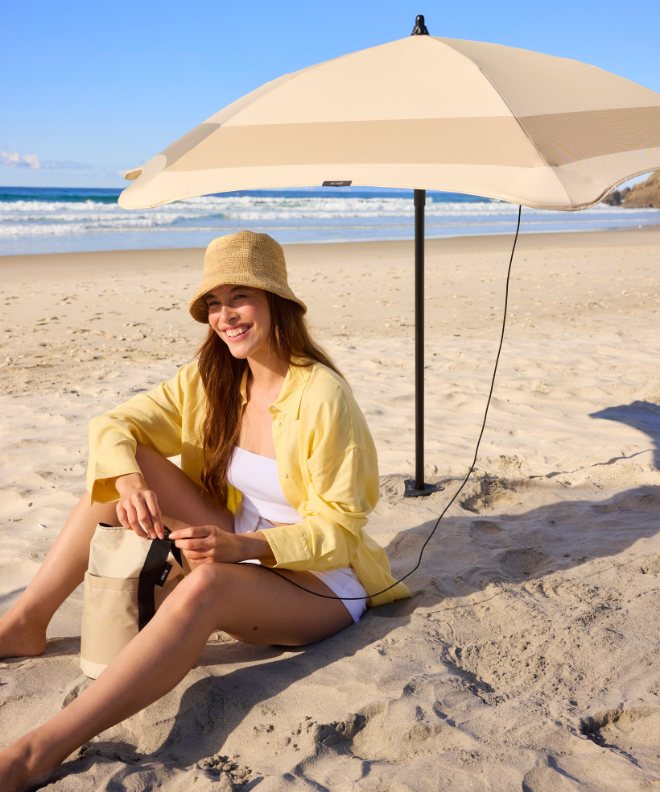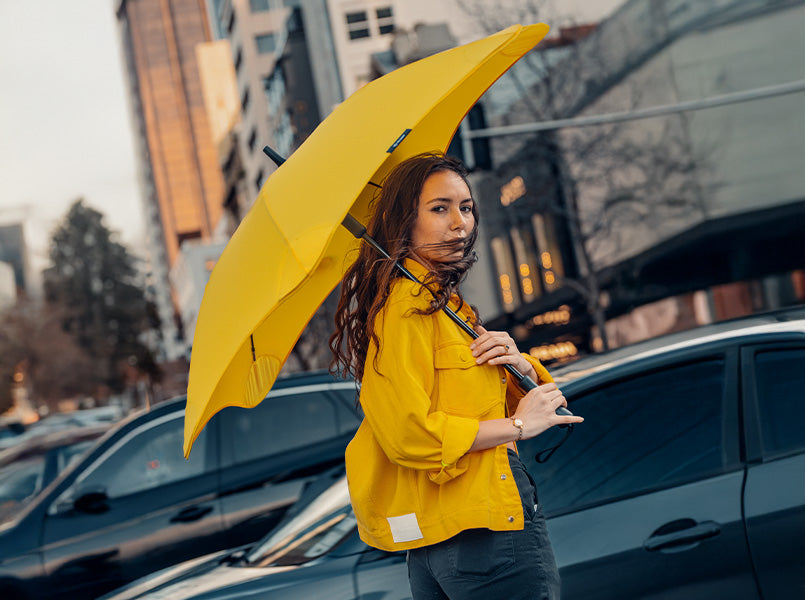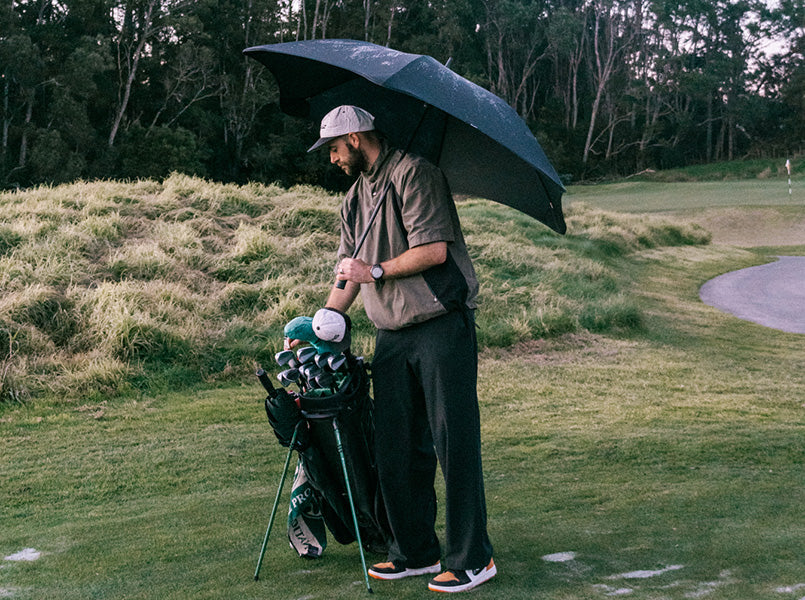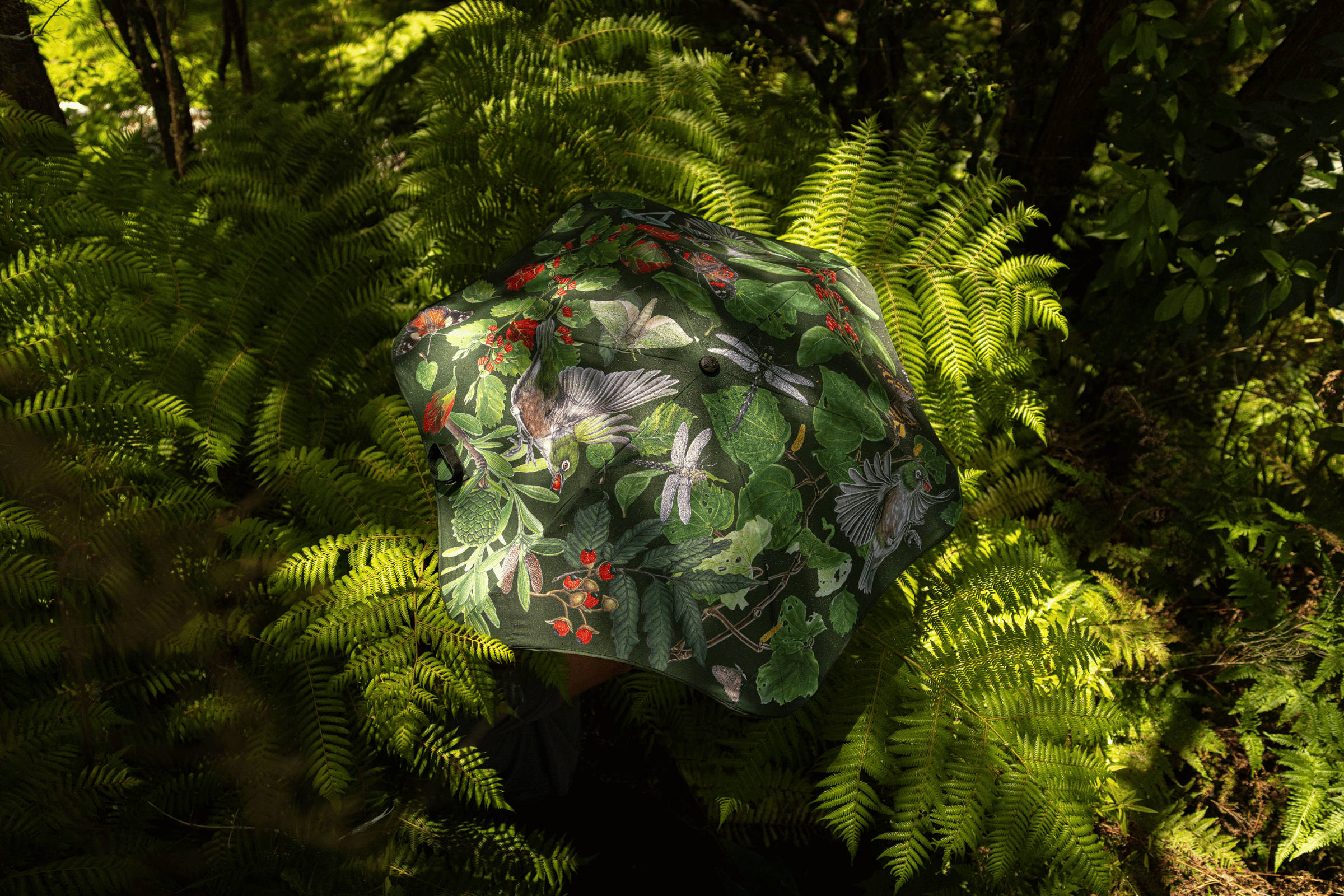In this Q&A, we hear from Erin on her journey to becoming an artist and what inspires her beautiful botanical artworks.

My painting time varies from 2-3 hours to 12 hours a day.
What does your typical day look like as a full time artist?
Being a fulltime artist is something I really appreciate and looks different from day to day depending on my projects.
Typically I have one or two central tasks I want to achieve like painting a single bird the best I can, and then smaller related tasks that support my practice in a general sense like packing orders, reading about a particular plant or animal, looking at contracts and populating information into spreadsheets. Sometimes the smaller related tasks take over the day but that’s OK as communication is super important and you can’t be a full time artist without the support of a community.
Typically I like to do a little admin then get dressed properly and walk down to my local café Gray’s on Dominion Rd for an oat flat white. I bring it back to my studio in a keep cup and sip it while I look at whatever painting I’m about to get into.
My painting time varies from 2-3 hours to 12 hours a day. The big days are typically for murals as working on location often means limited time to access equipment. I try to do some form of yoga and strength exercise everyday to relieve the physical and mental tension of this concentration.

What are you listening to or reading at the moment?
Currently I’m listening to the ‘In Defence of Plants' podcast on Spotify as I’ve just discovered it. I like ‘Ologies with Allie Ward’ and ‘Do You F***ing Mind’, plus audiobooks like Gathering Moss by Robin Wall Kimmerer.
Where do you draw inspiration from?
I like the Waikowhai walkways near my old place. This is an old growth forest remnant and my favourite part is dominated by kohekohe (Dysoxylum Spectabile) but there’s also kahikatea (Dacrycarpus dacrydioides) and rewarewa (Knightis excelsa). I think it’s classified as a ‘tawa, koekohe, rewarewa,hīnau, podocarp forest’ (kahikatea being the podocarp) - a vulnerable forest type under the IUCN threatened species classification. The way light falls through the ancient canopy of kohekohe leaves is beautiful and the understory is quite different to many forests in the region.
When I first visited this forest I was surprised to see what I thought was taurepo growing there. I’d seen it only once before at Ōtari-Wilton’s bush in Wellington and then painted it a number of times. It’s an unusual flowering shrub amongst the endemics as the flowers are large, orange and tubular. On a later visit it was in flower which was the best confirmation. This plant trails along a rough bank edge right by the track. Recently it occurred to me that it makes sense for kohekohe and taurepo to be growing together as they both exhibit characteristics of tropical plants not present in any other native species. I’m so glad they survived the slips!

I like to visit the same places in my neighbourhood wherever I am living to see what the plants are doing. Sometimes these might be suburban plantings and sometimes old growth forests! I’m so lucky to have both within walking distance.
Before I really got into all of this, the potter Barry Brickell recommended the book Plants and Shrubs of New Zealand by A. H. Poole illustrated by Nancy Adams, and told me how he would walk around the north shore trying to find as many of the plants as he could.
Later the botanist Pieter B. Pelser, lecturer in Plant Systematics and curator of the herbarium University of Canterbury, recommended we repeat a plant's name out loud or in our heads whenever we see it. I have difficulty absorbing this type of information but I stay in the practice of noticing.

“I’m one of those people that always wanted to be an artist and travelled a bumpy road to make that a reality.”
Quote by|Erin Forsyth
How did you discover your artistic style, and how has it evolved over time?
I’m one of those people that always wanted to be an artist and travelled a bumpy road to make that a reality. My nana had a florist shop in Birkenhead where I liked to spend time. The way she would listen to the people that visited and the way these interactions and the flowers made people happy, myself included, had a big impression on me.
I knew each flower could be associated with some particular meaning, but there was something more to the fact that you didn’t really see people smiling at the mall unless they were looking at the plants in my nans shop or animals in the pet store.
Being a teenager in the 90s was something. I was bright but I was naughty too. I liked to draw aliens on my friends' school books then later I got into graffiti and liked to find train or water tunnels and construction sites to test my skills with a spraycan. This was in the days of early dial up and there was no such thing as Etsy or Instagram to promote your work you had to get picked to be in a gallery if you wanted to be an artist.

There were no illustration courses so I did a year at Freelance School of Animation hand drawing cells from Warner Brothers cartoons. In retrospect it was a great foundation for cultivating discipline and understanding anatomy.
Long story but basically I opened a graffiti art supplies store, it was robbed, I moved to Australia met some full time artists, was inspired, came back set up a shared studio, worked on clothing graphics, album art and posters, surf magazine illustrations you name it working whatever ‘day’ jobs too - dishwashing, call centre even cleaning toilets at a low point though I quit after one shift.
At a certain point I began to realise that I was frustrated in what I was contributing and my own development. I don’t really enjoy artwork or music rooted in irony or elitism. I had been doing my walking and looking at plants with my trusty Nancy Adams and wanted to know more. I tried to make a spreadsheet of the top ten most threatened species of Aotearoa and that tipped everything for me. I fell straight into the rabbit hole.

It’s important to me to celebrate and draw attention to biodiversity.
Can you tell us the design process behind this beautiful canopy?
Creating the design for this collaboration was such a pleasure. In terms of the overall practical design I knew I wanted it to be really playful. To me an umbrella needs to be twirled so I wanted a design that would look cool when you spin it! Makes rainy days better.
I wanted the design to look like a little eddy had gently lifted these plants and animals up for you to observe. It’s important to me to celebrate and draw attention to biodiversity. I also wanted to have species people might recognise like the blue mushroom werewere-kokako (Entoloma hochstetteri) so they feel connected.
I wanted to illustrate charismatic native plants from both of the main islands and take smaller members of the animal kingdom like dragonflies, butterflies and moths and make them the heroes of the design.

“For several years I nursed one of these birds and it would sit on my shoulder, top of my head or on my paintbrush while I worked”
Quote by|Erin Forsyth
The tauhou or silvereye plays on my animation background and is represented in different sequences of motion. For several years I nursed one of these birds and it would sit on my shoulder, top of my head or on my paintbrush while I worked. This was when I was preparing my first natural history works for exhibition. The history of these birds being self-introduced on a gust of wind is relative and from this experience they have become meaningful to me. That such a small being had such a big personality and was one life of billions on the planet still just blows my mind.
In the way the canopy is laid out overall species are not competing but harmonious even though they’d never be found together like this in nature. The dark green background was a must have for Forest and Bird.
Tell us about your relationship with Forest & Bird
The work of Forest and Bird is remarkable. It represents the best of humanity's intent to continue to relate to the natural world and to remain a contributing part of it. That it exists outside of political jurisdiction is incredibly powerful as it roots with integrity to the wellbeing of the natural world at its core, as opposed to forming environmental policy making around party agenda.
I have deep appreciation for the work of this organisation and to get to collaborate with them has been a dream come true.








